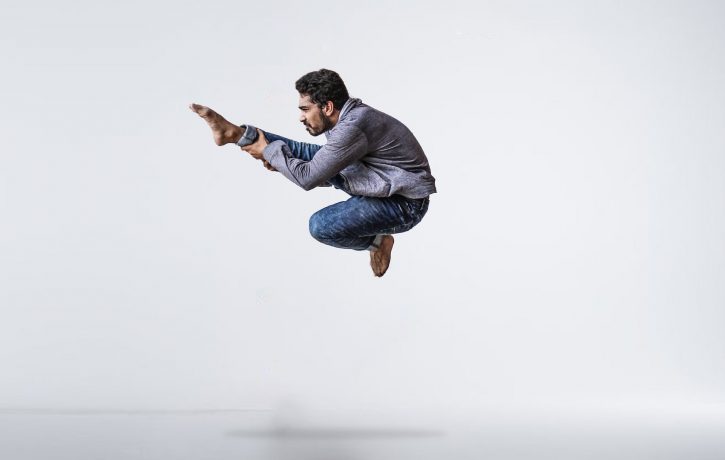Dance and the Risk of Injury

Dancers in my experience train very hard, multiple times per week and even more when leading up to a performance and during the performance itself. Relentless performances, hours of rehearsals, repetitive skilled movements and postures are everyday stressors on the bodies of dancers.
Types of dance are many and at varying levels of skill, meaning the stresses placed on the bodies of the dancers differ immensely and on concentration levels that can dip as with any of us. Dedicated training from a young age, while bodies are still developing places stress on joints and muscles that can lead to pain, suffering and injury. These practices requiring flexibility, strength, and endurance make dancers prime candidates for overuse injuries which may have an impact on their future health. Or so you’d think…
You would think that the hours given to master whatever type of dance and gain proficiency can lead to more typical injury types depending on the dance form. Research has not identified specific risk factors for injury and injury cannot be predicted or even well understood.
Some research has reported up to 75% overall incidence of injury in dancers, with one Australian study finding up to 73% of responders had an injury in the last 12 months. Low back, thigh, knee, calf and ankle were all reported sites of pain reported by dancers, although there is some evidence that knee injuries might be the most common.
It has also been observed that injuries are more commonly sustained in the lead-up to performances when training and concentration levels are highest. A study performed on 266 elite ballet dancers reported that with increasing training duration, there was also an increased risk of injury, particularly due to overuse.
Other studies concluded that Professionals are exposed to more vigorous and sustained rehearsals than students or amateurs with a greater focus on perfectionism compared to students which predisposed them to a higher incidence of injury.
Could it purely be that greater exposure to physical stresses rather than the stresses themselves are to blame?
The performance of warm-up exercises increases core body temperature, which prepares the muscles and joints for the demands placed by the dance also engaging the brain and nervous system.
Studies have demonstrated that memory and reaction speeds are improved following exercise so maybe if concentration and reactions are improved by warming up that can obviously reduce the risk of injury.
Engaging in technical movements safely and slowly letting the mind and body prepare prior to the activity enhances focus and maybe reduces the physical demands of the performance.
This all sounds fairly reasonable, and I would agree, but I would also say that it is a reasonable way to look at injury risk way beyond dance alone and can be applied to every physically stressful thing we do with our bodies. The information above could probably be applied to every specific sport, activity and hobby that we do.
The more intense, the more duration, the more skill and concentration involved, and the more consecutive days without a break. All of these factors could be applied to working at a desk and the development of back or neck pain.
Lack of training, too much too soon, not warming up beforehand. This could be applied to decorating the lounge and having sore shoulders or knees.
Overuse is overuse, our levels of conditioning determine how much use we can tolerate before the body says enough is enough. If we exceed tolerance then our tissues are sore and if we continue to stress them then an injury might follow. I guess the most important part of that last statement is that we can be sore without injury and not all pain is injury. Pain after use might mean we need a bit of recovery time. It might mean we need a bit more conditioning or maybe warm up a bit more sensibly next time but it doesn’t mean that activity, sport or hobby is bad or not for you. Just give it more time with a sensible approach as you gain more conditioning and you will be fine.
If you have any more questions about the pain that you are experiencing, or whether the activity is to blame, then please contact The Body Matters for a consultation.
- How Pushing Too Hard Can Affect Your Health - 23rd April 2025
- Finding Hope and Comfort Through Pain - 21st March 2025
- Non-Pharmacological Solutions for Managing Pain in Parkinson’s - 19th February 2025
